Votre source d’actualités sur les cryptomonnaies — tendances, analyses et mouvements du marché.
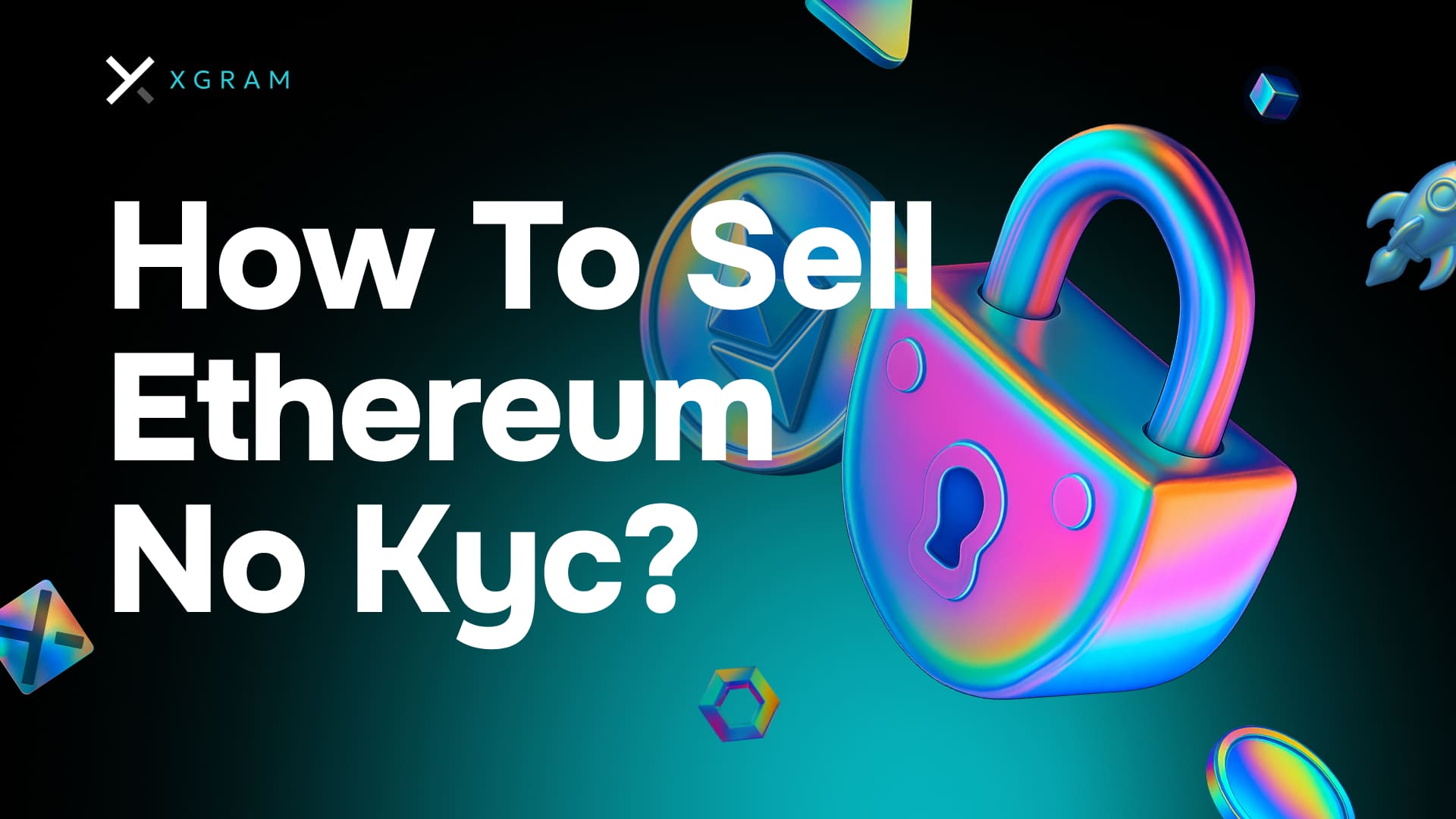
Vendre Ethereum sans KYC peut être une solution idéale si vous souhaitez garder le contrôle de vos données personnelles ou effectuer des transactions plus rapides. En évitant les vérifications d’identité longues, vous pouvez convertir vos ETH en espèces ou en d’autres cryptomonnaies selon vos propres conditions. Ce guide vous explique le fonctionnement de la vente sans KYC, les plateformes disponibles et les erreurs à éviter.
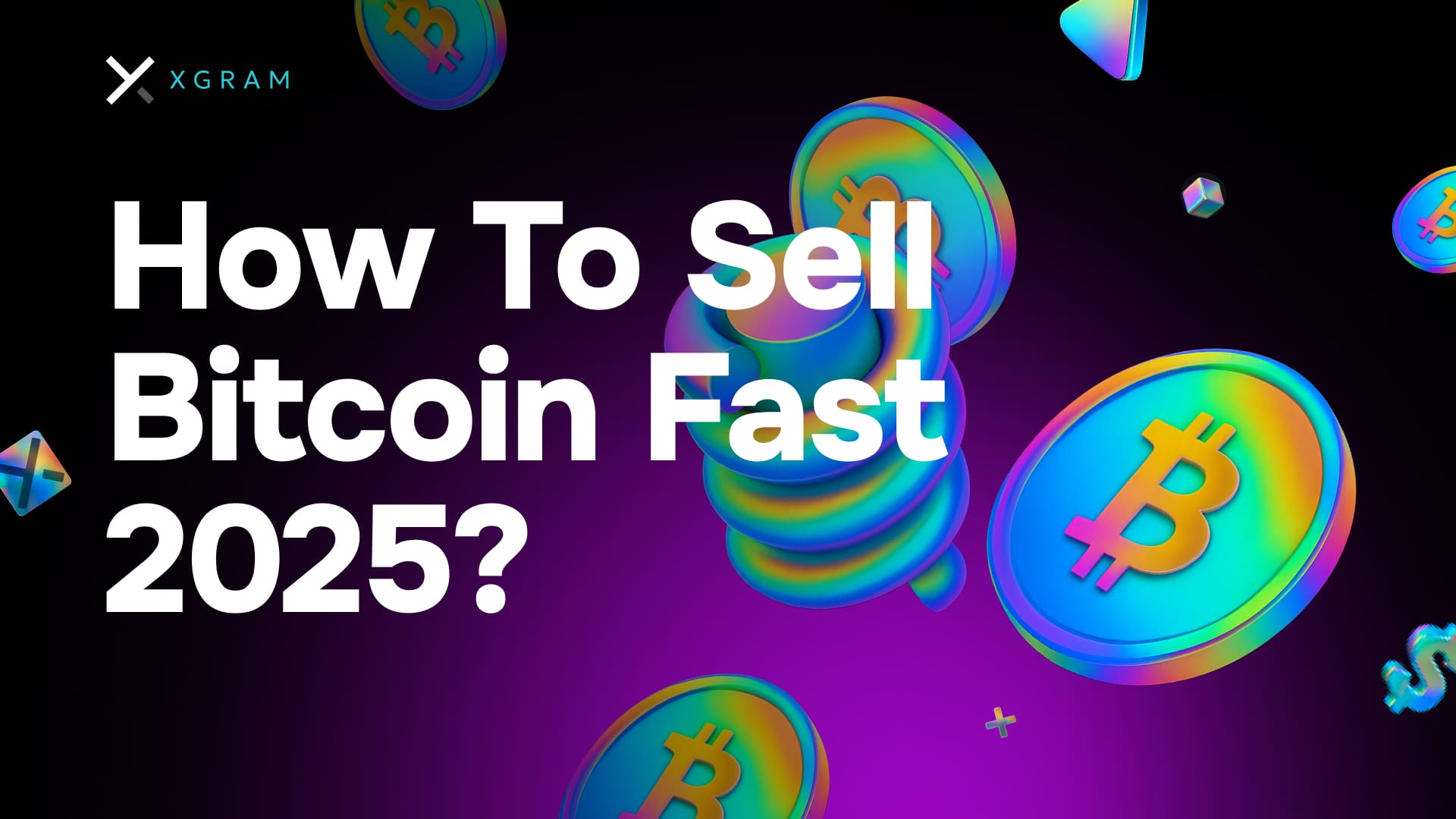
La question de savoir comment vendre du bitcoin rapidement en 2025 préoccupe de nombreux vendeurs débutants. Vous recherchez une méthode rapide, sûre et facile à comprendre. Dans ce guide, vous découvrirez des étapes claires pour convertir votre Bitcoin en liquidités ou en autres actifs sans complications inutiles. Voici un TL;DR pour saisir l’essentiel avant d’entrer dans les détails :

Si alguna vez te has preguntado cómo vender criptomonedas a PayPal y recibir tu dinero en tiempo récord, estás en el lugar correcto. A continuación encontrarás una guía clara que explica cómo convertir activos digitales en USD o tu moneda local a través de PayPal. Aprenderás qué plataformas usar, cómo minimizar comisiones y cómo evitar errores comunes. Antes de entrar en detalles, aquí tienes un TL;DR.

Vendre du bitcoin vers SEPA peut sembler déroutant au début. Vous pouvez vous inquiéter pour la sécurité, les frais ou la peur d’oublier une étape importante. Pas de panique. Ce guide rassemble tout — du choix de la bonne plateforme à l’identification des pièges courants. Vous apprendrez le processus complet, comparerez les options comme les exchanges centralisés ou les services peer-to-peer (P2P) et découvrirez des conseils pratiques pour éviter les erreurs les plus fréquentes.
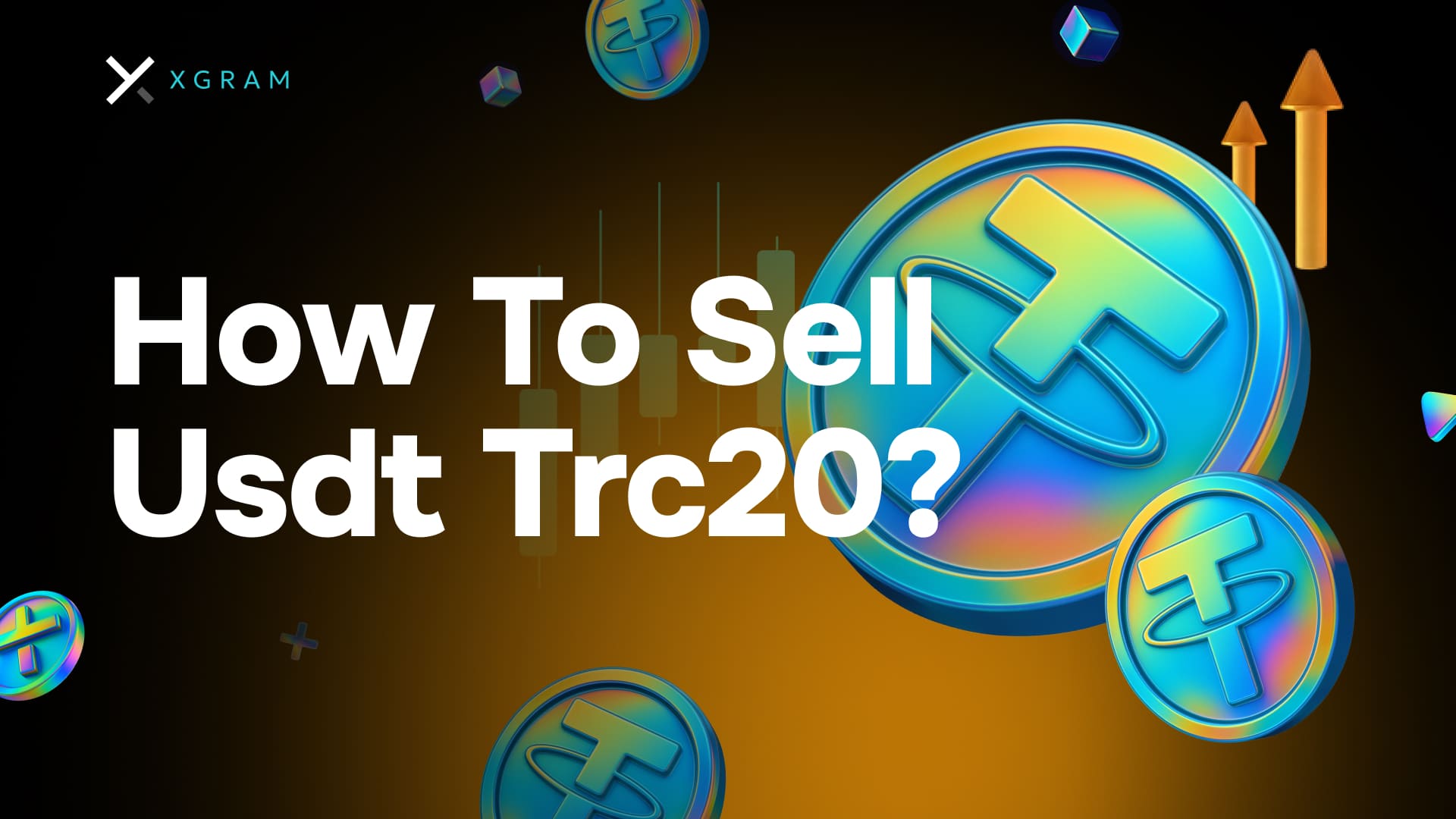
Vous souhaitez apprendre à vendre de l’USDT TRC20 de manière fiable en tant que débutant. Ce stablecoin, basé sur le réseau Tron, offre des vitesses de transaction rapides et des frais généralement plus faibles que d’autres blockchains. Si vous débutez, vous ne savez peut-être pas encore quel est le meilleur moyen, comment éviter des frais inattendus ou quelles étapes suivre. Ci-dessous, vous trouverez une feuille de route simple pour vous guider en toute confiance.
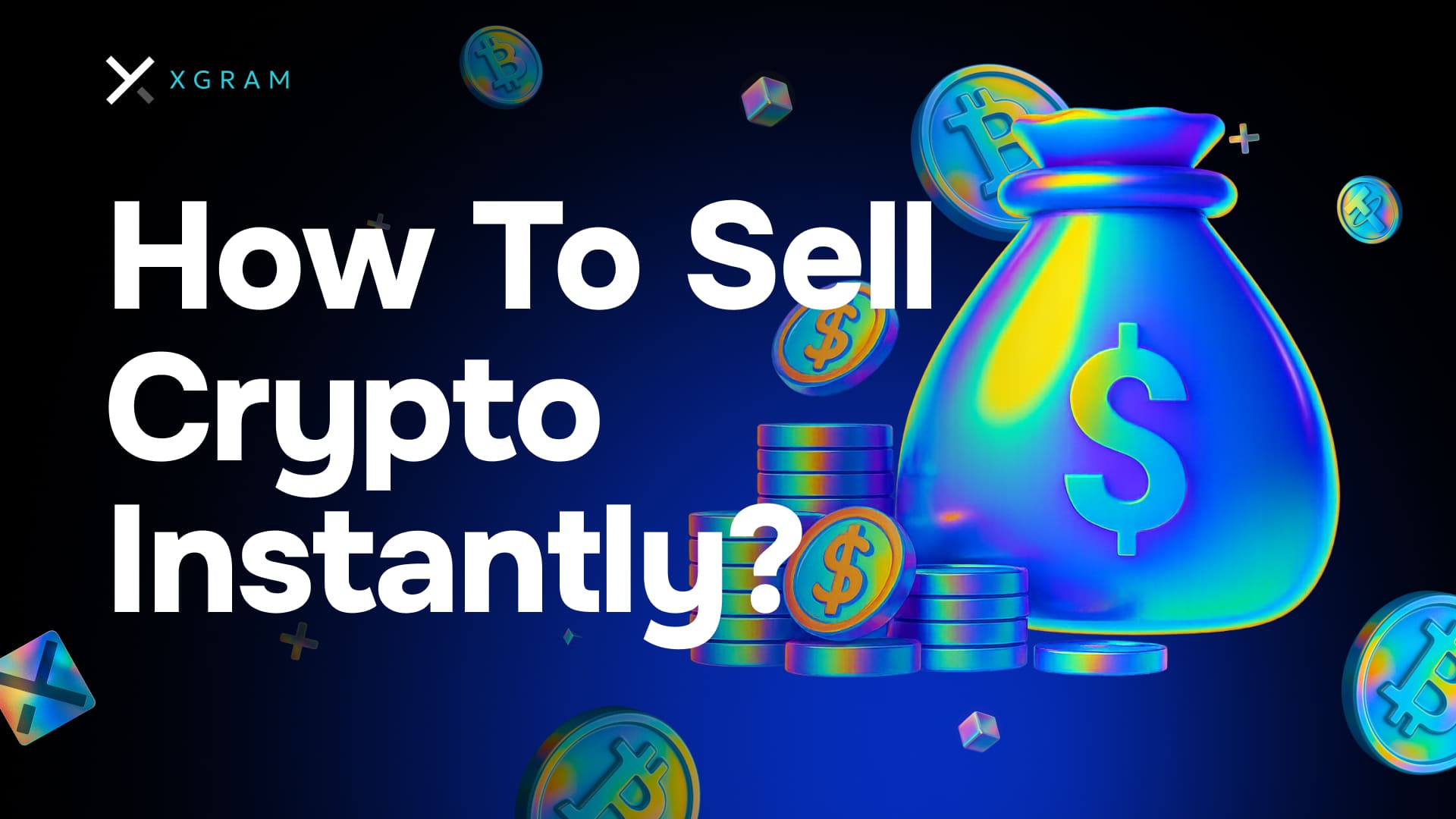
TL;DR: Você quer aprender a vender criptomoedas instantaneamente sem as dores de cabeça de sempre. A chave é escolher uma plataforma confiável, entender todas as taxas e possíveis problemas de liquidez e garantir que cada etapa seja totalmente segura. Escolhendo a solução certa e executando suas ações no momento certo, você evita os erros mais comuns e converte suas moedas em apenas alguns passos.
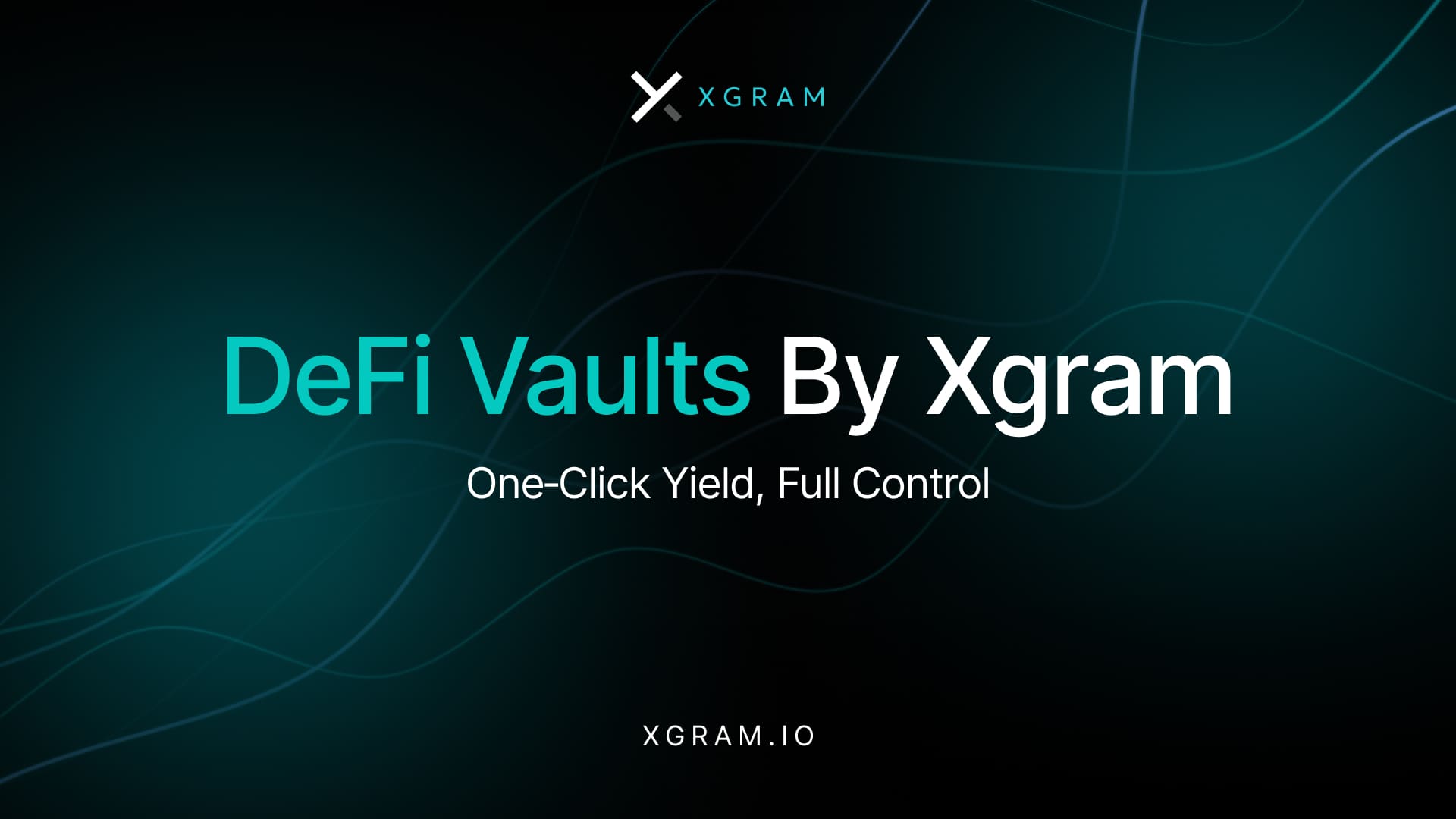
Nous avons créé une plateforme tout-en-un dédiée au rendement crypto qui rend les gains sur la chaîne simples, transparents et sécurisés.
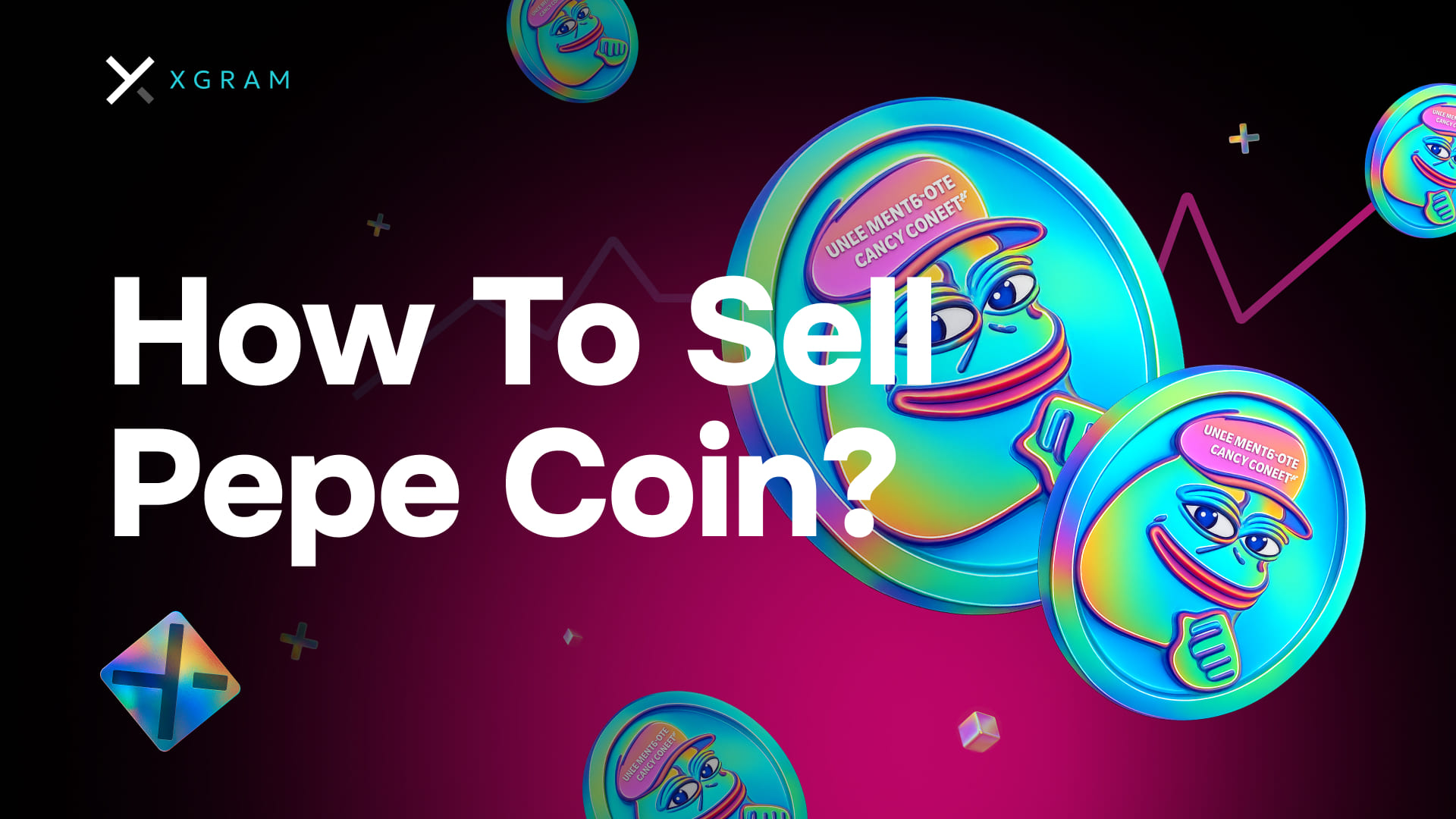
Maîtriser la vente de Pepe Coin peut ressembler à un casse-tête au début, surtout si tu es nouveau dans la crypto. On peut facilement s’inquiéter des frais cachés, des étapes compliquées sur les plateformes et du risque d’envoyer ses coins à une mauvaise adresse. Pourtant, une fois que tu comprends les bases, tu te rends compte que c’est beaucoup plus simple que ça en a l’air. Ci-dessous, tu trouveras une feuille de route claire pour éviter les erreurs, choisir la bonne méthode et convertir ton Pepe Coin en toute confiance, quand tu veux.
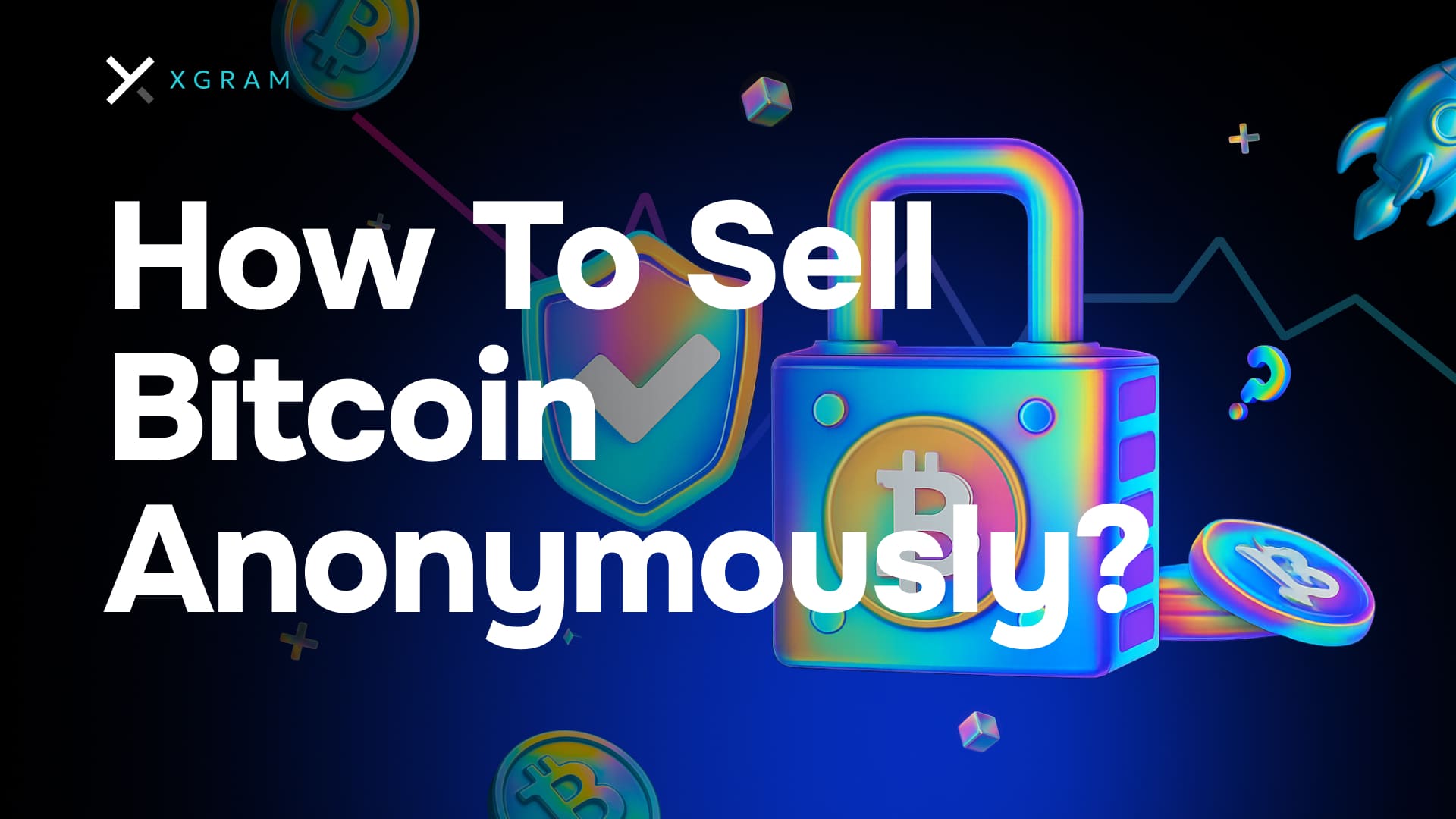
Vendre votre Bitcoin n’est pas forcément compliqué, mais la confidentialité peut vite devenir un casse-tête quand on débute. Vous pouvez vouloir l’anonymat pour des raisons de sécurité personnelle, pour tenir vos finances à l’écart des regards indiscrets, ou tout simplement pour garder le contrôle sur vos actifs. Ce guide vous explique, étape par étape, comment vendre du bitcoin anonymement tout en respectant des règles adaptées à votre tolérance au risque et à la réglementation locale. Commençons, pour que vous puissiez avancer en toute confiance.

Si tu te demandes comment vendre Polkadot, ce guide va te montrer exactement quoi faire avant, pendant et après ta transaction. Dans les prochaines minutes, tu verras comment réduire les frais, choisir la bonne plateforme et éviter les erreurs les plus courantes. Tu auras aussi un chemin clair, étape par étape, pour convertir ton Polkadot (DOT) en espèces ou en une autre cryptomonnaie. Ci-dessous, un TL;DR rapide si tu as besoin d’un aperçu immédiat.
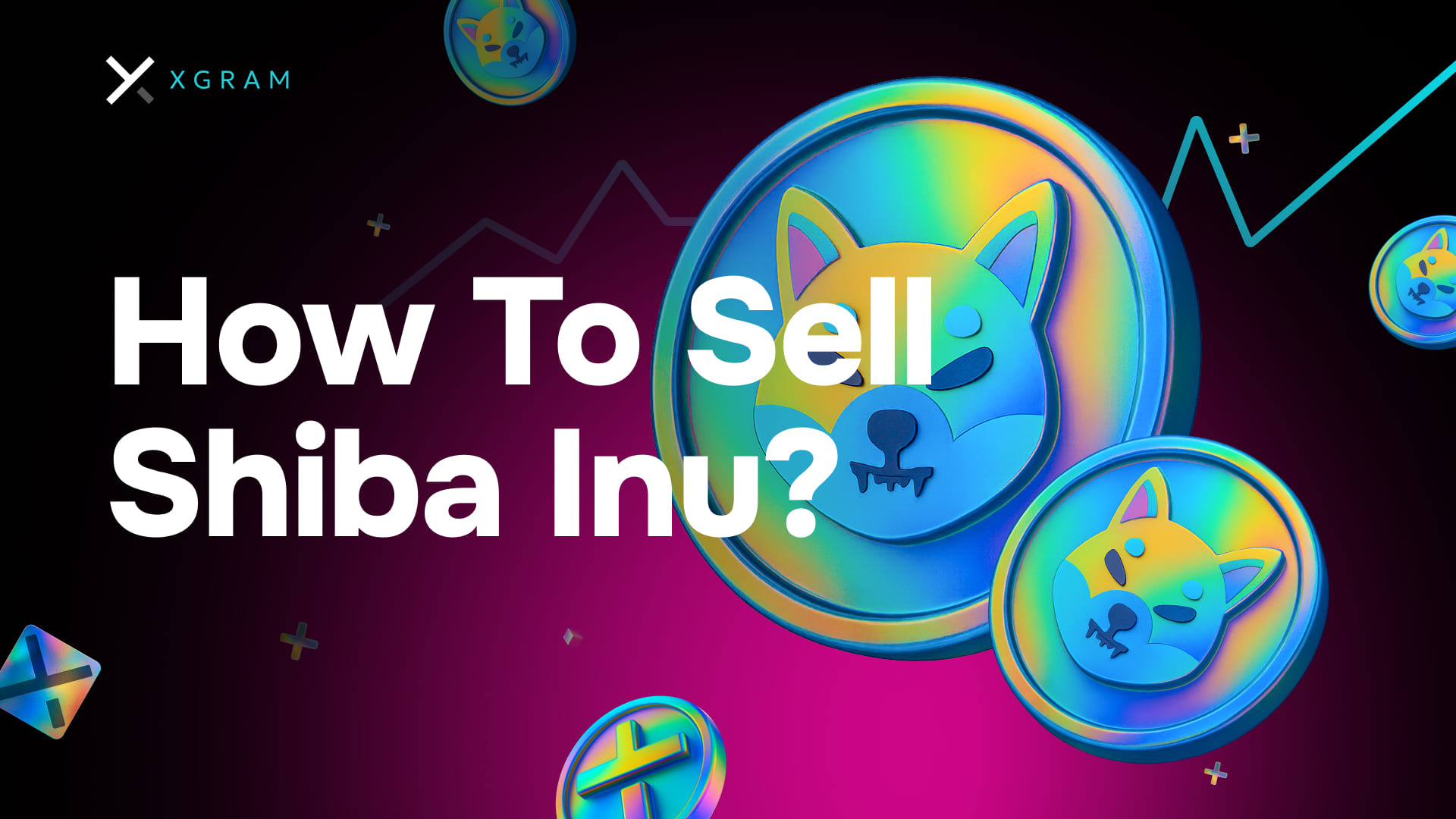
Tu détiens du Shiba Inu (SHIB) et tu te demandes comment vendre Shiba Inu sans te faire manger par des frais excessifs ou des erreurs coûteuses. Vendre des cryptos peut paraître compliqué, mais le processus devient beaucoup plus simple dès que tu comprends les étapes et les méthodes possibles. Ci-dessous, tu trouveras des stratégies claires pour convertir tes SHIB en cash ou en autres actifs numériques. On va voir l’essentiel : clarifier tes raisons, choisir un type de plateforme fiable et sécuriser tes fonds.
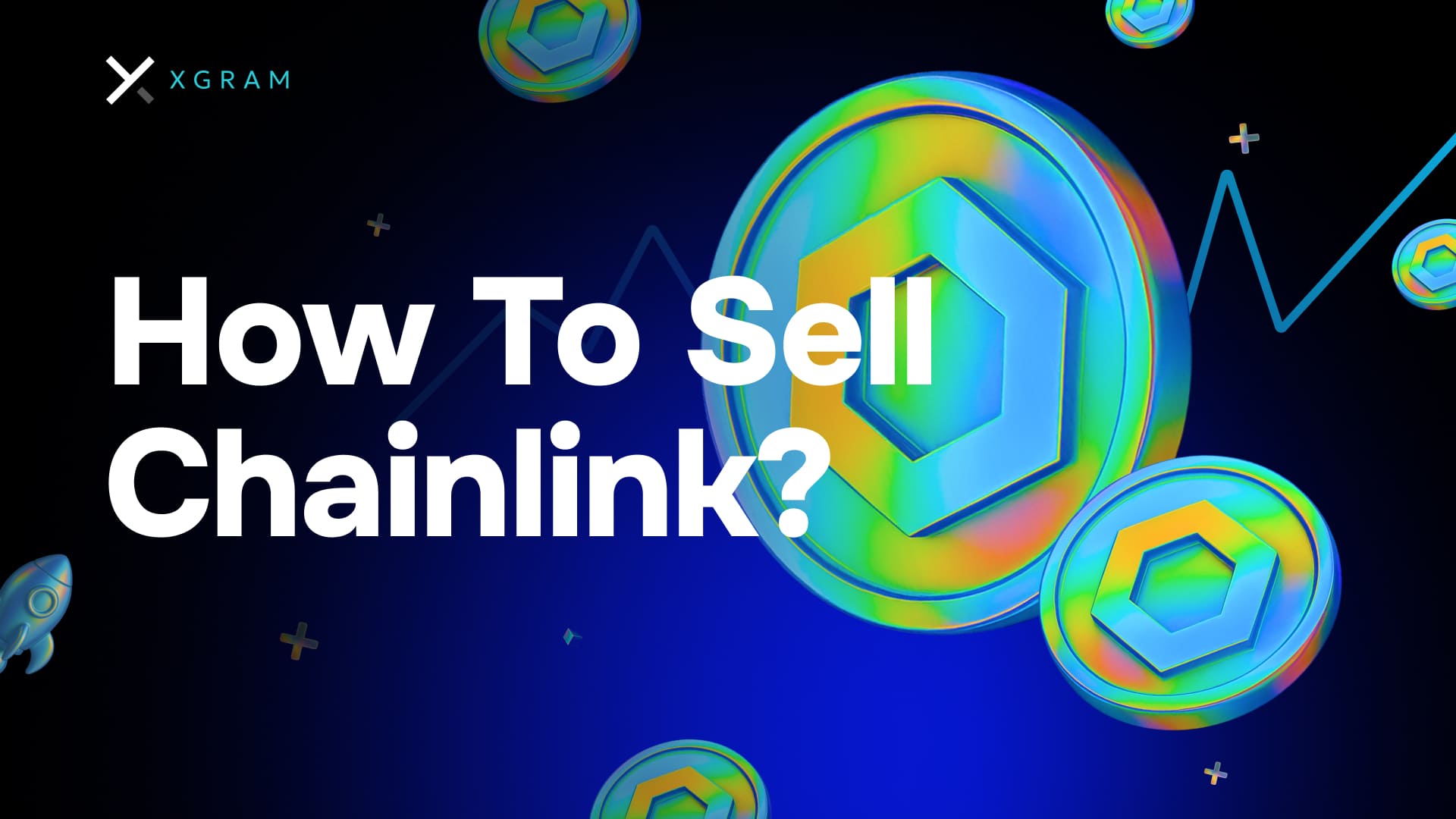
Vendre Chainlink peut être un processus assez simple si vous savez quels outils utiliser, comment limiter les frais et comment protéger vos fonds. En tant que débutant, vous pouvez vous sentir dépassé par la quantité de plateformes et de méthodes de trading, mais avec un peu de repères vous pouvez tout à fait vous en sortir. Voici un aperçu rapide de ce qui vous attend.